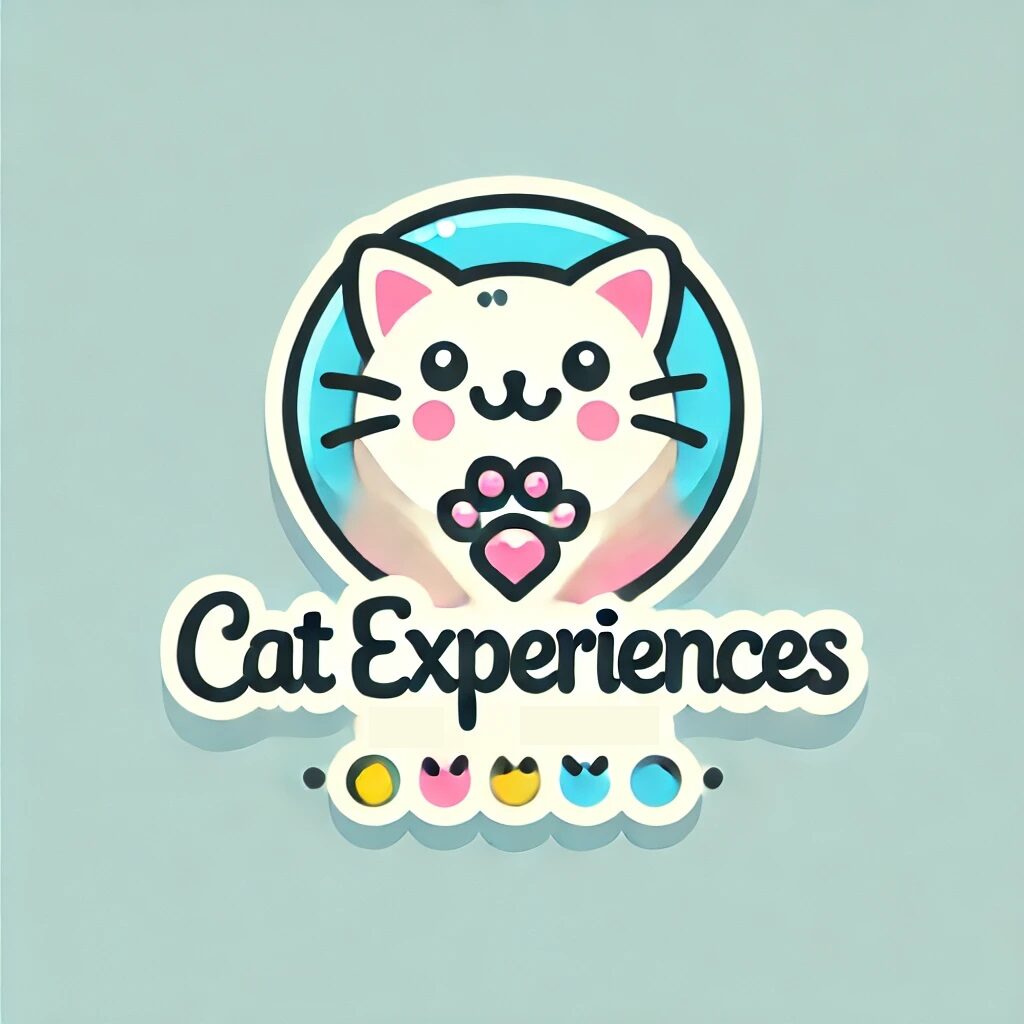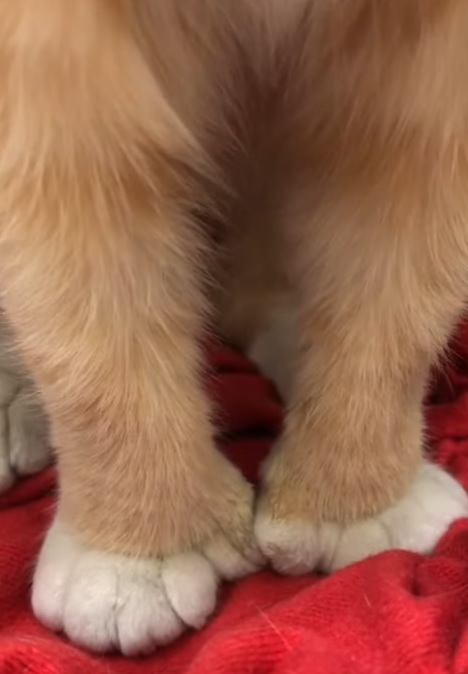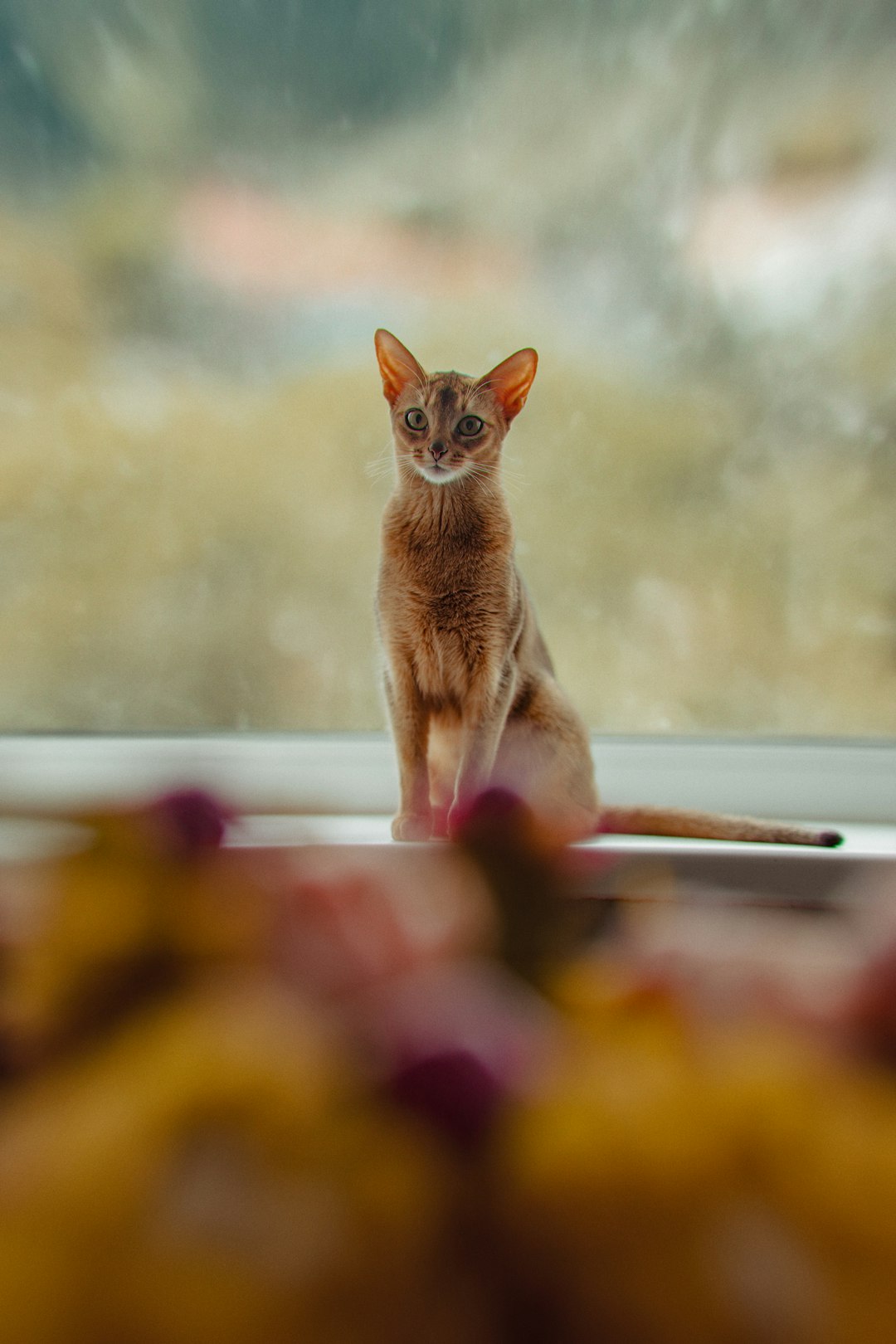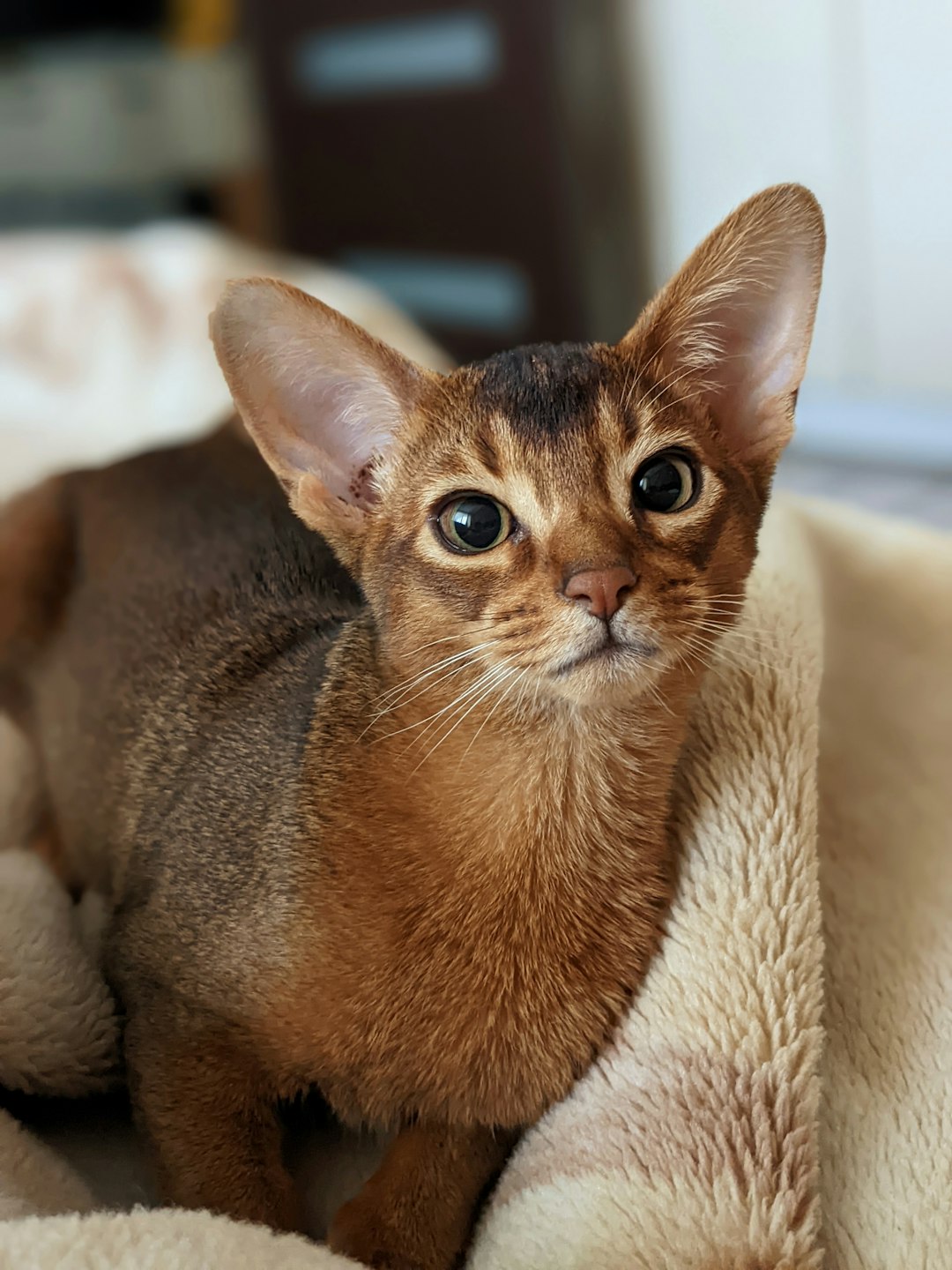Have you ever met a polydactyl cat? These paw-some felines, sporting extra toes, strut their stuff with an undeniable flair that sets them apart from the ordinary kitty crowd. Beyond their quirky appearance, polydactyl cats boast a rich history and a treasure trove of fascinating stories. So, buckle up and get ready to explore the captivating world of polydactylism, where nature throws in a delightful twist and challenges everything you thought you knew about our furry companions.
Understanding Polydactylism: A Genetic Overview
So, what’s the deal with polydactyl cats? Simply put, these furry felines come equipped with extra toes—a quirky trait that stems from a genetic anomaly. It’s like Mother Nature had a bit too much fun with the printer settings! Here’s how it works:
- Genetic Mutation: The mutation affecting the Sonic Hedgehog gene leads to the development of those extra digits. Think of it as an architectural marvel gone wild.
- Dominant Trait: If a cat inherits the polydactyl gene from one parent, it will likely strut around with bonus toes. It’s almost like winning the genetic lottery!
- Variety is Key: Not all polydactyl cats are created equal. Some flaunt a daring combo of six toes on each paw, while others might just sport an additional thumb.
Quick Comparison:
| Feature | Polydactyl Cat | Regular Cat |
|---|---|---|
| Extra Toes | Yes | No |
| Genetic Source | Rare mutation | Normal genetics |
| Common Breeds | Maine Coons, American Shorthairs | All breeds |
Embrace the uniqueness of the polydactyl cat! Their funky footwork is just one of the many reasons they leave paw prints on our hearts.
The History of Polydactyl Cats in Society
Polydactyl cats have strutted their extra-toed stuff throughout history, creating quite a pawsitive impact in various cultures. With their quirky charm, these cats have earned a spot in both folklore and popular culture. Check this out:
- Marine Companions: Sailors adored polydactyl cats! They believed that their extra toes helped them balance better on ships, catching mice and storms alike. Ernest Hemingway, in fact, had a home full of these feline friends in Key West, Florida, leading to the famous Hemingway House and Museum, now home to many polydactyl cats.
- Mythological Beings: Cultures across the globe saw polydactyl cats as signs of good luck and prosperity. Many thought their multiple digits brought forth a connection to the divine or the magical, giving them mythical status.
- Artistic Inspirations: The creativity doesn’t stop there! Polydactyl cats have graced the pages of literature and canvases, infusing whimsical charm wherever they appear.
So, whether as the sea captain’s best mate or a muse for artists, polydactyl cats have left their paw prints on history, proving they’re not just “paws-itively” unique but also cultural legends in their own right!
Polydactyl Cats vs. Regular Cats: A Comparison
When it comes to comparing a polydactyl cat to your average feline, the differences are as clear as day – or should I say as clear as extra toes on a paw? Let’s break it down:
| Feature | Polydactyl Cat | Regular Cat |
|---|---|---|
| Toes | 6+ toes per paw (sometimes up to 7!) | 5 toes on front, 4 on back |
| Paw Shape | Unique and powerful grip | Standard paw shape |
| Grooming Needs | May require more attention due to extra toes | Routine grooming suffices |
| Health Concerns | Potential for joint issues, but largely healthy | Typical feline health issues |
Fun Tidbits
- Polydactyl cats boast an enhanced ability to climb and grasp objects thanks to their remarkable toe count!
- Their quirky and distinct appearance gives them a unique charm that sets them apart from regular cats.
In the grand scheme of things, owning a polydactyl cat means you’ll have a furry companion with a little extra personality—literally! So, if you love uniqueness and are ready for some toe-tally awesome adventures, adopting a polydactyl cat could be your purr-fect choice!
The Science Behind Extra Toes: How It Happens
So, what makes a polydactyl cat a little different from your average feline? Well, it all boils down to genetics! Polydactylism arises from a genetic mutation, specifically in the Sonic Hedgehog (Shh) gene, which plays a crucial role in limb development. But let’s break it down a bit more:
- Genetic Mutation: A simple alteration in a single gene can lead to extra toes. Talk about a quirky genetic twist!
- Heredity: If one parent is a polydactyl cat, there’s a good chance the kittens will inherit those fabulous extra toes. Just think of it as a family trait that keeps on giving!
- Variations: Not all polydactyl cats are created equal; they can sport anywhere from one to seven toes on a paw. Imagine the variety—some might even have ‘thumbs’ that give regular cats a run for their money!
In essence, while we admire the charm of the polydactyl cat, it’s all just a fascinating mix of DNA and genetic luck that gives these cats their unique toe count. Who knew learning about genetics could be so pawsitively intriguing?
Polydactyl Cats vs. Regular Cats: A Comparison
Let’s settle it once and for all: polydactyl cats are not your average feline companion. With their extra digits, they come with unique attributes and quirks that set them apart.
Here’s a quick comparison that showcases the fascinating differences:
| Feature | Polydactyl Cat | Regular Cat |
|---|---|---|
| Toe Count | 6 or more toes on each paw | Typically 4 toes on front paws, 5 on back |
| Claw Functionality | Better grip and climbing | Standard paw functionality |
| Appearance | Often have a “mitten” look | Standard paw shape |
| Hereditary Traits | Genetic mutation (HLA-A1 gene) | Normal feline genetics |
| Personality | Playful and quirky | Variable, depending on breed |
Owning a polydactyl cat can mean embracing their unique charm. These little toe-tastic turnarounds often exhibit quirky personalities and enhanced skills, such as better clambering abilities. So, whether you’re drawn to their unusual looks or just want to add a dash of personality to your home, a polydactyl cat can make a fabulous addition to your feline family. Just be ready for extra fun—and perhaps a little toe-related mishap or two!
Caring for a Polydactyl Cat: Unique Needs
Owning a polydactyl cat can be a delightful adventure, but let’s not kid ourselves—these little toe-tyrants have some unique needs that you’ll want to consider! Here’s a handy list to guide you through their special care requirements:
- Regular Nail Trimming: With those extra toes come extra nails! Keep their claws neat to prevent snagging and discomfort.
- Litter Box Considerations: Make sure the litter box has high sides. Those extra toes can lead to some interesting messes if you’re not careful!
- Preventing Overgrowth: Extra toes can lead to overgrowth if left unchecked. Challenge yourself to check their paws often—your polydactyl cat will thank you!
- Stimulation and Exercise: Engage your polydactyl cat in active play. Their dexterous paws make them excellent climbers, so consider cat trees for fun.
- Dietary Needs: Maintain a balanced diet. A well-fed polydactyl cat has better overall health, and that includes their unique toe structure.
Remember, each polydactyl cat is unique and might have their own quirks. Embrace those extra toes and enjoy the charm they bring to your life!
The Pros and Cons of Owning a Polydactyl Cat
Owning a polydactyl cat can be a delightful experience, but like any relationship, it comes with its own set of pros and cons. Let’s claw our way through them!
Pros
- Unique Appearance: With their extra toes, they boast a look that is sure to turn heads!
- Enhanced Grip: Those extra digits may help them climb better, making them little acrobats in your home.
- Quirky Personality: Many polydactyl cats are known for their charming and playful demeanor, often seeking human interaction.
Cons
- Health Risks: Like any genetic trait, polydactylism can sometimes lead to orthopedic issues or other complications.
- Grooming Needs: Extra toes mean extra responsibility! You may need to keep their paws clean and nails trimmed more often.
- Higher Veterinary Costs: Routine check-ups could be pricier due to potential health concerns linked to their unique condition.
In conclusion, a polydactyl cat can be a purrfect addition to your family, granted you’re ready for the quirks and care they come with!
Myths and Misconceptions About Polydactyl Cats
Ah, polydactyl cats—the quirky charmers of the feline world! Yet, amidst their fame, several myths creep in like sneaky little mice. Let’s debunk these misconceptions and shed light on the truth about these extraordinary creatures:
- Myth 1: They are genetically mutated.
- Truth: Polydactylism is a natural genetic variation. Cats can just be, well, extra!
- Myth 2: They are less agile.
- Truth: In fact, many believe that those extra toes add to their dexterity—think of them as little “snowshoes” for better traction!
- Myth 3: Polydactyl cats are all the same.
- Truth: These feline friends come in many breeds, each with unique personality traits and charm.
- Myth 4: They’re prone to health issues.
- Truth: While every cat requires health care, a polydactyl cat usually enjoys good health, just like their five-toed counterparts.
In conclusion, the world of polydactyl cats is as fascinating as their extra toes! Don’t let myths hold you back from welcoming one of these unique felines into your home.
Myths and Misconceptions About Polydactyl Cats
Ah, the polydactyl cat! A feline marvel, and yet, it’s surrounded by a swirl of myths that could make even a seasoned cat lover raise an eyebrow. Let’s debunk some of the most common misconceptions about these charming extra-toed creatures.
- Myth #1: Polydactyl Cats Are Genetic Mutants
Reality: Sure, polydactyl cats (with their extra toes) are unique, but they’re simply a product of a genetic quirk—not something out of a sci-fi movie! - Myth #2: They’re Not Good Pets
Reality: Like all cats, polydactyls show a range of personalities. Many prove to be affectionate, playful, and downright delightful companions. - Myth #3: Extra Toes Lead to Health Problems
Reality: Most polydactyl cats lead carefree, healthy lives, as long as they receive the same care as their regular-toed friends. - Myth #4: They Can’t Climb or Hunt
Reality: Extra toes actually provide a gripping advantage! Many polydactyl cats are agile climbers and proficient hunters.
In summary, the polydactyl cat remains wonderfully un-ordinary. With a sprinkle of understanding, you can appreciate these quirky felines for the unique companions they truly are!
The Cultural Significance of Polydactyl Cats in Literature and Art
Polydactyl cats have woven themselves into the rich tapestry of literature and art, often symbolizing uniqueness and creativity. Here’s a quirky look at their cultural significance:
- Literary Appearances:
- Ernest Hemingway’s Cats: The legendary author famously adored polydactyl cats, keeping many at his home in Key West. Today, their descendants still roam the grounds, captivating visitors with their extra toes.
- Children’s Literature: From whimsical stories to the pages of classic fairy tales, polydactyl cats spark imagination! Writers use them to depict eccentricity, an important theme in many tales.
- Artistic Representation:
- Feline Art: Artists often portray polydactyl cats due to their eye-catching appearance. Their unusual paw structure is a delightful subject for creative expression.
- Symbol of Good Luck: In some cultures, these extra-toed wonders are considered lucky charms, inspiring artwork that reflects positivity.
In summary, whether as muses in stories or as subjects in art, polydactyl cats have a sprinkle of magic that celebrates their whimsical nature.
Frequently Asked Questions
What exactly is a polydactyl cat?
Ah, the polydactyl cat, those whimsical furballs with more toes than the average feline! Typically, cats have five toes on their front paws and four on their back paws. But polydactyls, or ‘Hemingway cats’ as they’re affectionately known (thanks to an author who adored them), can sport six or even seven toes! This genetic anomaly is not just a quirky feature; it’s a charming twist of nature that has been fascinating cat lovers everywhere.
Are polydactyl cats more prone to health issues?
In the grand scheme of cat health, polydactyls are pretty much the same as your average cat. While their extra toes may sound like a recipe for trouble, they typically do not face any significant health risks solely because of their polydactylism. However, it’s vital to keep those extra digits well-groomed and checked for any unusual growths, just as you would with any cat. After all, even extraordinary paws need a little TLC!
Do polydactyl cats behave differently from regular cats?
Despite their extra toe-tastic flair, polydactyl cats generally don’t have a personality that’s wildly different from their four-toed counterparts. They may be a bit more playful and curious, perhaps because they feel like they just won the toe lottery! However, independent and aloof behavior still reigns supreme in the feline kingdom—all cats have their quirks, but rest assured, a polydactyl will still give you the classic cat experience!
Where did polydactyl cats originate?
Polydactyl cats have a storied past that can be traced back centuries, primarily to sailors in the 19th century. These sea-faring felines made a splash on ships, where their extra toes were seen as a good luck charm and expert ‘mousers’ against the pests that often joined the crew. The most famous polydactyl enthusiast was, of course, American author Ernest Hemingway, whose Key West home turned into a cat sanctuary still housing many of these unique kitties!



